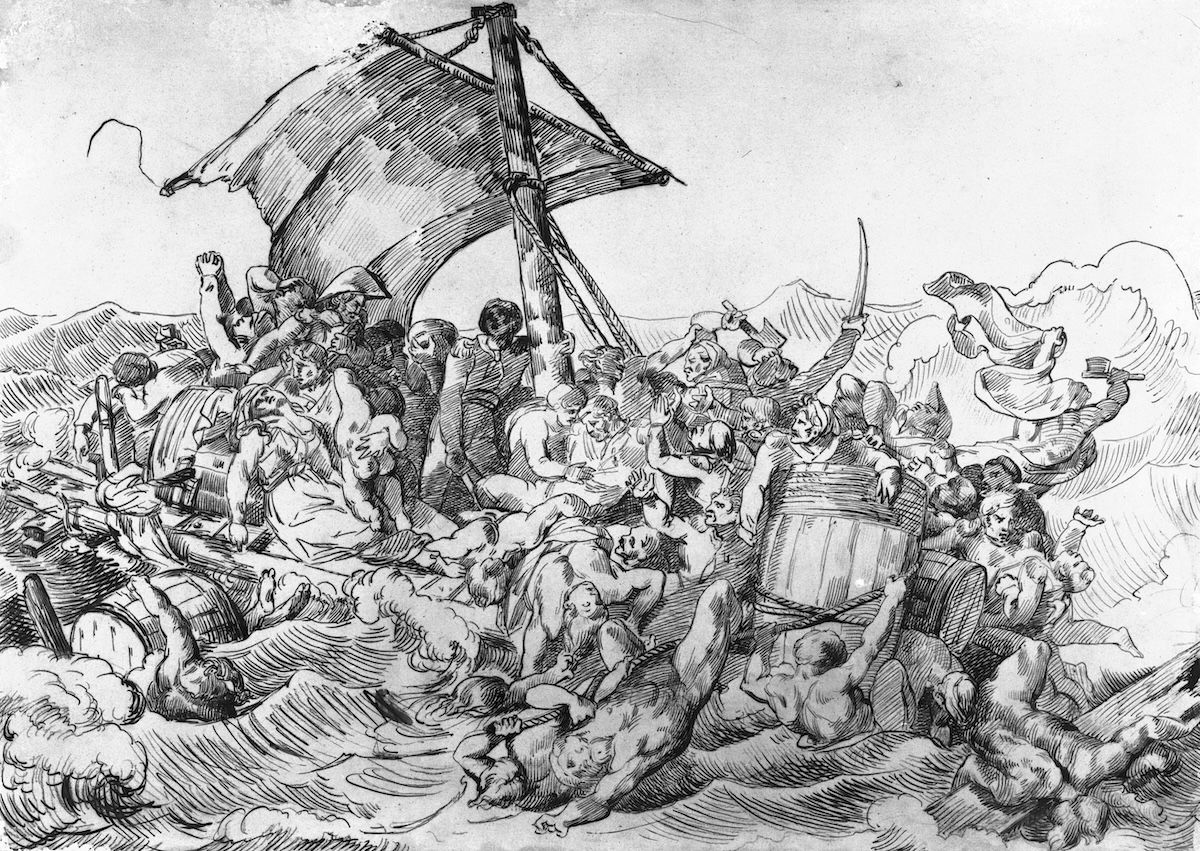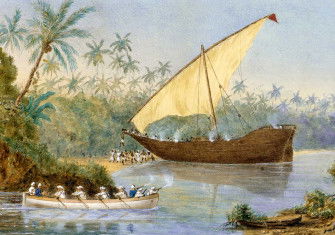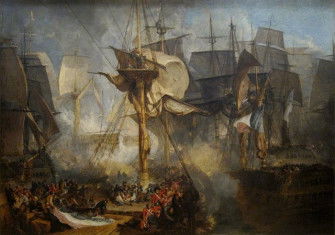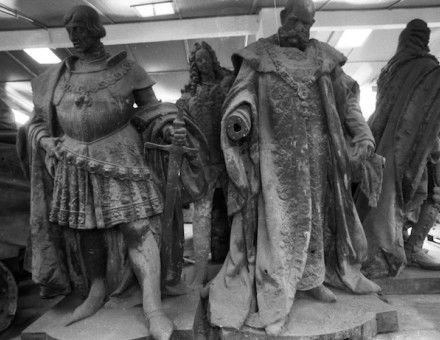
Britain and the Medusa Shipwreck
The French tragedy at sea, immortalised in Géricault’s masterpiece The Raft of the Medusa, was put to use in the service of British patriotism.
‘The annals of the marine record no example of a shipwreck so terrible as that of the Medusa frigate. Two of the unfortunate crew, who have miraculously escaped from the catastrophe, impose upon themselves the painful and delicate task, of describing all the circumstances which attended it.’







